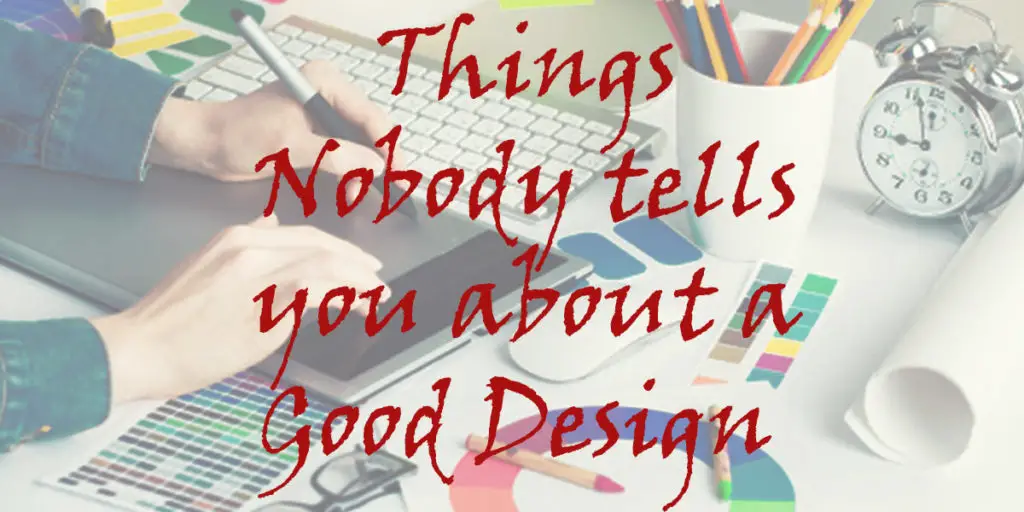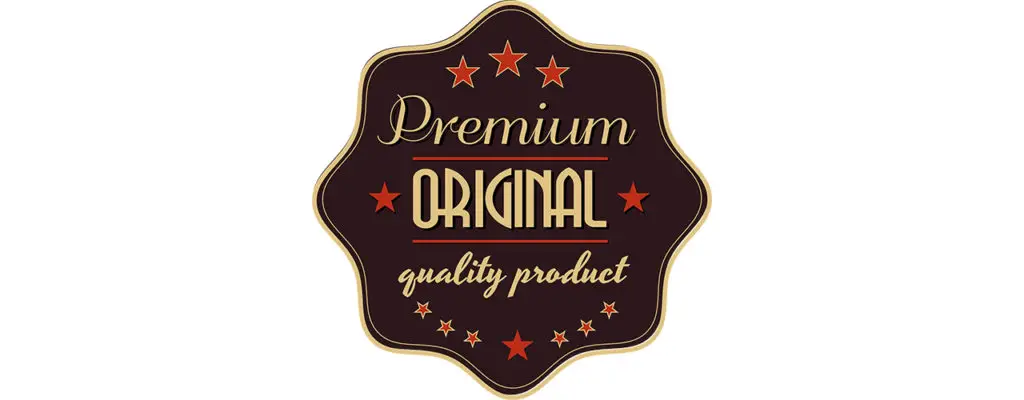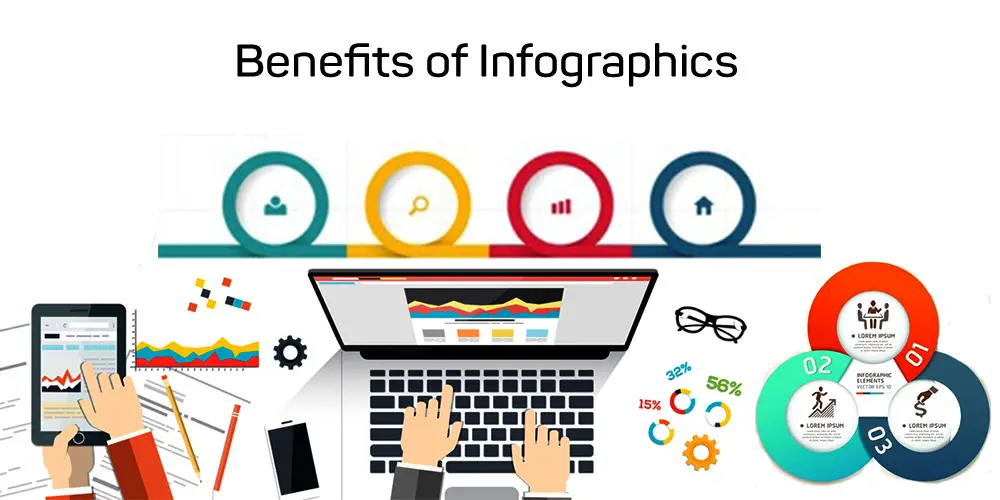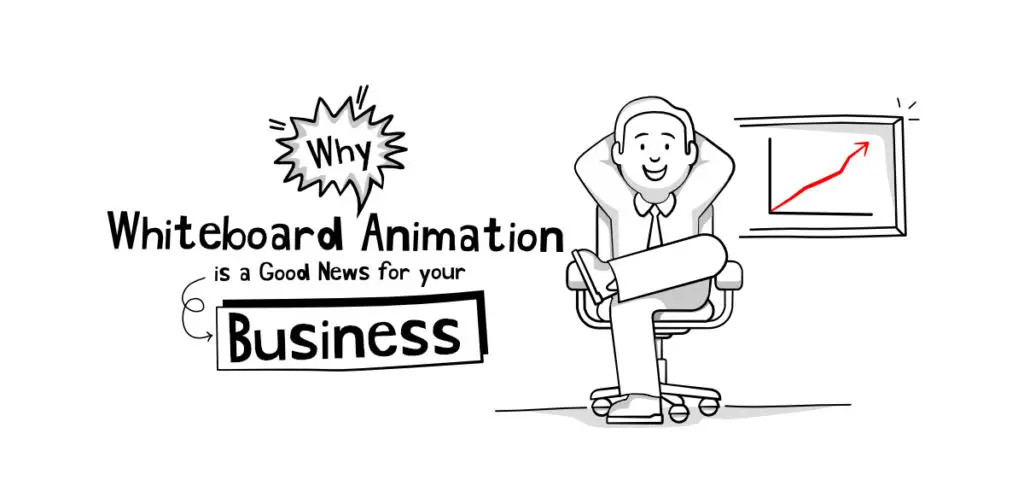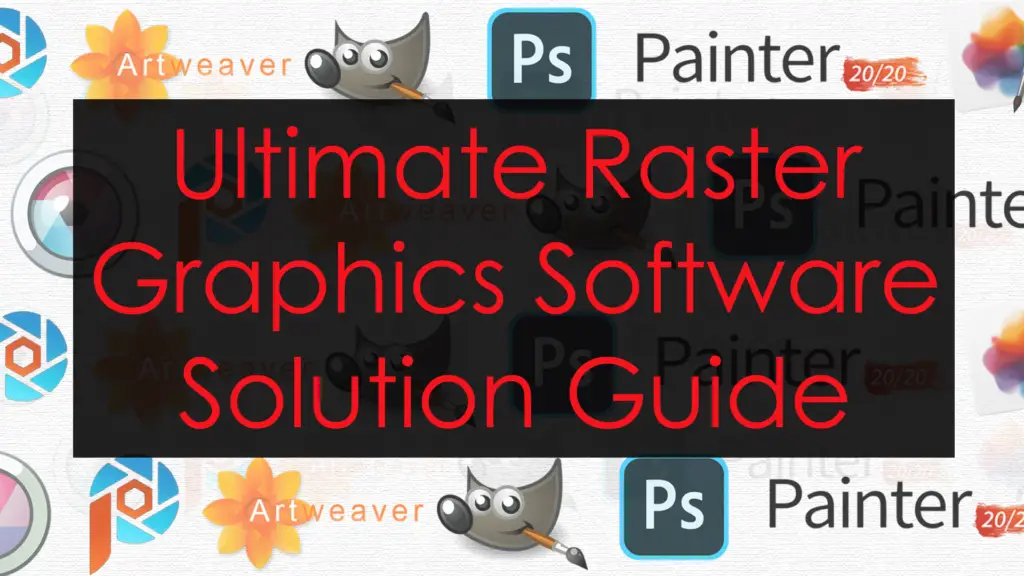THIS ARTICLE MAY CONTAIN AFFILIATE MARKETING LINKS! IN CASE YOU MAKE A PURCHASE THROUGH ONE OF THE LINKS, WE'LL GET A SMALL COMMISSION. WITH NO EXTRA CHARGES TO YOU. THANKS!!
How often have you been unable to distinguish between Typography and Font? Both Typography and fonts—two seemingly interchangeable terms, yet each one is with its own distinct role to play in the visual language of design. In this article, we’ll try to unravel the mystery behind these essential elements with which we interact with on a daily basis and are used in the field of design. Let’s understand their impact on readability and aesthetics of the content and design, and learn how they come together to create harmonious content which is engaging and pleasing. So, grab your favorite typeface and let’s dive in! And explore Typography VS Font.
Typography VS Font
Typography
Typography at its core is the art and science behind the arranging of type which includes letters, numbers, and symbols. The main goal of which is to create visually appealing and effective and efficient communication design. Whether you are a web designer who is designing a website, or a graphic designer who is crafting a logo, or laying out a book, typography always plays a crucial role in the design process.
Key Features of Typography
Let’s explore the key features of typography. The art and the technique utilized for arranging type to make written content readable, legible and visually appealing when displayed falls under the concept of typography. Understanding of the key features of typography enhances anyones design skills:
- Fonts and Typefaces:
- Typefaces: Typefaces are responsible for providing the visual designs to the characters that give the characters their distinct style. Each typeface has its own personality, from sleek sans-serifs to elegant serifs.
- Fonts: The specific variations within a typeface family falls under the Fonts. These variations include details like weight such as bold, regular, light, and style variations like italic, oblique and size.
- Contrast:
- Contrast helps in emphasizing. It helps in conveying which ideas or messages are important, and must be looked upon by the readers. The technique of using contrast in typography involves the use of variations in different properties such as, font weight, size, and color. For an easy to understand example, using a bold headline with a lighter body text creates contrast.
- Consistency:
- Consistency is a very crucial factor which helps in avoiding confusing and messy content and interface. It provides ease in navigating information provided and helps in grasping the message provided in the content.
- Whitespace (Negative Space):
- The empty space around the text and graphic is referred to as Whitespace or Negative Space. It provides the content with much needed space to breathe which improves readability, by guiding the eyes of the reader. So remember to avoid overcrowding your content.
- Alignment:
- Everyone likes a clean and organized design and layout, and Alignment is a tool that provides a sense of organization in the design and content. There are different alignment option to choose from such as left-aligned, right-aligned, centered, or the alignment which best suits your design goals
- Color:
- Color plays a huge role in setting the overall mood of the design and readability and aesthetics of the design. So, proper research and combination must be used while using color in the design.
- Hierarchy:
- Hierarchy as the name suggests helps in creating the hierarchy within the content from the very important and essential part of information in the design to the least important. It also helps in guiding the eyes of the reader.
Font
The visual personalities of the letters are often referred to as Fonts. They are much more than just a collection of letters, numbers and symbols, they provide uniqueness to letters, numbers, and symbols. Whether you are a web designer who is designing a website, or a graphic designer working on a logo, or a copywriter developing a document, choosing the right font for the right place and content can significantly impact how your content is perceived, or its intended message is conveyed or not.
Key Features of Font
Let’s explore the key features of fonts:
- Character Set:
- A font is a collection of all characters such as letters, numbers, and symbols that collectively make up a typeface. A character set shares a similar style, weight, and size.
- Fonts can easily convey different moods; it can be neutral or expressive, depending solely on their design characteristics. Some of the fonts are very versatile in nature and can be suitable for various contexts, while on the other hand others have distinct personalities for example brutal, technological, or elegant.
- Weight and Style:
- Weight: The weight characteristic of fonts determines its thickness. Fonts can be of different weights, from thin to bold.
- Style: Fonts can be in various styles such as regular, italic, oblique, or other variations. Italics, for example, slant the characters to emphasize its importance.
- Width and Proportion:
- Width is also a characteristic of Fonts which can vary. For example, some fonts are condensed that are narrow, while others are extended that are wide.
- The relative size of the different parts of a character falls under Proportion. For example, the height of lowercase letters compared to uppercase letters.
- Serifs and Sans-Serifs:
- Serif Fonts: These have short perpendicular strokes (serifs) at the ends of characters. They evoke tradition and formality.
- Sans-Serif Fonts: These lack serifs and have a modern, clean appearance. They are commonly used for digital content.
- Legibility and Readability:
- Legibility: Fonts should be clear and distinguishable, especially at smaller sizes.
- Readability: Choose fonts that are easy to read in various contexts (body text, headings, etc.).
- Emotional Tone:
- Fonts convey emotions. For example:
- Playful: Script fonts mimic handwriting and add a personal touch.
- Bold: Display fonts grab attention and work well for headlines.
- Fonts convey emotions. For example:
Key Differences Between Typography and Font
Let’s explore the key differences between typography and fonts:
- Typography:
- Elements: It encompasses a broad range of elements, including letterforms, spacing, alignment, and overall layout.
- Role: Typography is the backbone of any written communication, whether in print or digital mediums.
- Purpose: It involves the thoughtful selection and arrangement of type to convey meaning, evoke emotions, and create a harmonious visual experience for the reader.
- Fonts:
- Practical Tools: Fonts are the practical tools used to implement typography in design. They allow typefaces to be displayed on screens and in print.
- Variations: Fonts include various styles and weights within a typeface family. For example, Arial Regular, Arial Bold, and Arial Italic are different fonts within the Arial typeface family.
In summary, typography is the art of arranging types to create effective communication. Typefaces are the visual design elements that provide characters their unique style, while fonts are the digital files that allow typefaces to be displayed.
Aspects of Typography and Font
Good typography isn’t just about aesthetics—it impacts user engagement, readability, and even your SEO rankings. As the fonts fall under the wider umbrella of typography. Fonts follow all the key aspects of typography. Let’s take a look at them.
- Typefaces and Fonts:
- Typefaces: Typefaces are the visual designs that are responsible for providing characters their distinct style. Think of them as the wardrobe choices for your letters. Each typeface has its own personality. For instance:
- Garamond: Elegant and timeless.
- Helvetica: Modern and minimalistic.
- Fonts: Fonts are the digital files that allow typefaces to strut their stuff on screens and in print. They’re like the dancers who bring the choreography to life. When you choose a font, you’re selecting a specific weight, size, and style within a typeface.
- Typefaces: Typefaces are the visual designs that are responsible for providing characters their distinct style. Think of them as the wardrobe choices for your letters. Each typeface has its own personality. For instance:
- Hierarchy and Readability:
- Hierarchy: Typography helps establish a hierarchy of information. Headings, subheadings, and body text should be visually distinct to guide readers.
- Readability: Choosing the right font and size ensures that your content is easy to read. Consider line spacing (leading) and character spacing (kerning).
- Alignment and Grids:
- Alignment: Text alignment (left, right, center, justified) affects the overall look and feel. Consistent alignment creates a polished appearance.
- Grids: Using a grid system helps maintain consistency in layout. It’s like the invisible scaffolding for your text.
- Emotional Impact:
- Serif vs. Sans-Serif: Serif fonts (with small decorative strokes) evoke tradition and formality. Sans-serif fonts (without those strokes) feel modern and clean.
- Script Fonts: These mimic handwriting and add a personal touch.
- Display Fonts: Bold and attention-grabbing, perfect for headlines.
- Whitespace and Balance:
- Whitespace: Don’t underestimate the power of empty space. It gives your text room to breathe.
- Balance: Distribute text evenly across your design. Avoid overcrowding or leaving too much empty space.
- Web Typography:
- Responsive Fonts: Choose fonts that work well across different devices and screen sizes.
- Web Fonts: Use web-safe fonts or embed custom fonts using services like Google Fonts.
Conclusion
In the Dance of Letters, Harmony Reigns. As we’ve gone through the intricacies of typography and fonts, we’ve discovered that they’re more than mere design elements—they’re storytellers. Here’s our final thoughts:
Typography and fonts work hand in hand. While Typefaces set the stage, and fonts execute the choreography. Together, they create a symphony of meaning. Remember, it’s not typography vs. fonts—it’s typography with fonts. And selecting the right typeface and font is like selecting the perfect partner for a dance. Consider the context, audience, and emotional tone you want to convey through your design, or content. Whether you choose Serifs or sans-serifs? Bold or delicate? The choice is yours.
No matter how fancy the moves, legibility remains the lead dancer. Ensure your text is clear, readable, and inviting. Whitespace, alignment, and hierarchy—these steps matter. Remember that Fonts aren’t just tools; they’re brushes on the canvas of communication. Use them to evoke emotions, emphasize points, and create visual interest.
Whether you’re designing a logo, writing a blog, or crafting a poster, remember that typography and fonts are part of a larger ensemble—the design ecosystem. So, as the curtain falls, celebrate the dance of letters. Applaud the serifs and sans-serifs alike. And may your content waltz gracefully across screens and pages.
Thank you for joining us on this typographic journey! If you have any encore requests or want to share your favorite font discoveries, drop a comment below. Until next time, keep dancing with words!

